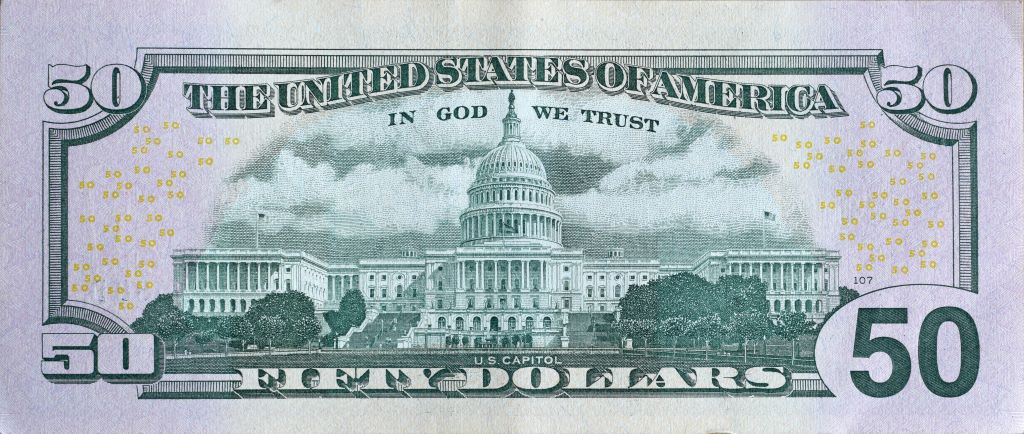June 8, 2024, marks the 50th anniversary of a significant event that reshaped the global economic and geopolitical landscape: the signing of the U.S.-Saudi Arabia military and economic agreement. This pact, signed in 1974 by Secretary of State Henry Kissinger and Prince Fand Ibn Abdel Aziz, was a milestone that heralded a new era of cooperation between the United States and Saudi Arabia.
The Genesis of a New Era
Fifty years ago, amidst the grandeur of Blair House, just across the street from the White House, a six-page agreement was signed. This was the first such arrangement between the United States and an Arab country, and it laid the foundation for an unprecedented partnership. The accord aimed to provide Saudi Arabia with incentives to increase oil production, a critical move during a time of global energy crises. It also served as a model for economic cooperation between Washington and other Arab nations.
Kissinger’s Vision
Henry Kissinger, known for his diplomatic acumen, declared the agreement a “milestone in our relations with Saudi Arabia and with the Arab countries in general.” This sentiment was not merely diplomatic rhetoric but a reflection of a strategic vision. The pact symbolized the intertwining of U.S. economic interests with the vast oil reserves of Saudi Arabia. It ensured a steady flow of oil to fuel the American economy while bolstering Saudi Arabia’s security and modernization efforts through American military support.
The PetroDollar System
The agreement effectively cemented the PetroDollar system, where global oil transactions were conducted in U.S. dollars. This system had profound implications for global finance, reinforcing the dollar’s position as the world’s primary reserve currency. It also ensured that American financial markets remained buoyant, as oil-rich nations invested their revenues back into U.S. assets.
Reflections on the 50-Year Milestone
As we reflect on the 50 years since this landmark agreement, it is essential to recognize its lasting impact. The U.S.-Saudi relationship has seen its share of ups and downs, influenced by geopolitical shifts, economic changes, and evolving national interests. Yet, the foundation laid in 1974 has endured.
For investors, understanding the historical context of such agreements is crucial. The PetroDollar system has been a pillar of global economic stability, influencing everything from exchange rates to international trade policies. As we look to the future, it is worth considering how shifts in global alliances and economic policies might shape the next 50 years.
Looking Ahead
Today, the global economic landscape is more complex and interconnected than ever. The rise of new economic powers, the shift towards renewable energy, and changing geopolitical dynamics are reshaping traditional alliances. Saudi Arabia’s recent moves, including its growing ties with BRICS nations, signal a potential shift in its economic strategy.
For those investing offshore, staying informed about these historical and emerging trends is critical. The 1974 agreement between the U.S. and Saudi Arabia teaches us about the importance of strategic alliances and the profound impact they can have on global economics.
As we commemorate this milestone, we should also remain vigilant and adaptive, ready to navigate the evolving currents of international finance and investment.
Invest Offshore continues to provide insights and analysis to help you make informed decisions in an ever-changing global market. Stay tuned for more reflections on historical milestones and their implications for today’s investment strategies.

Leave a Reply